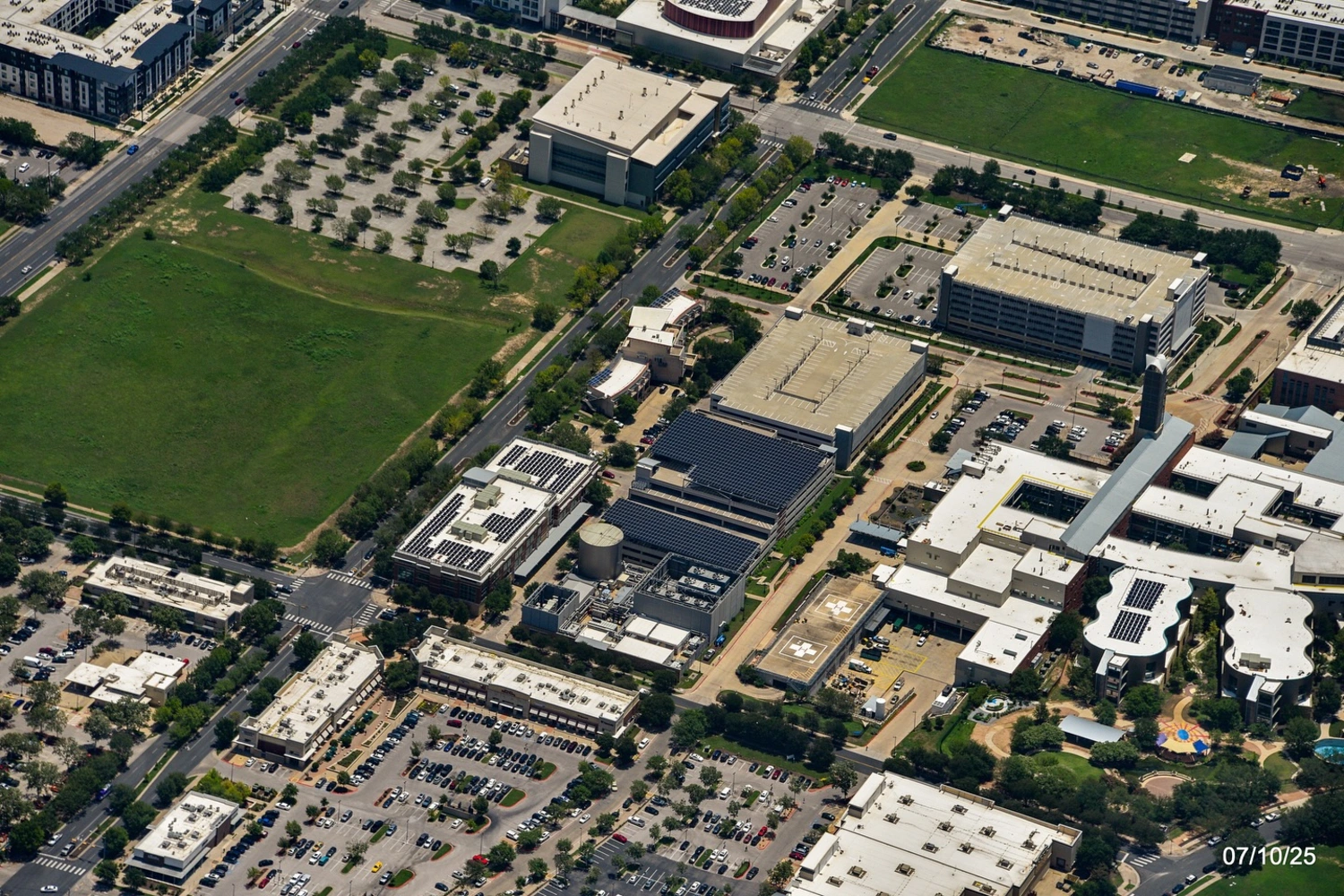City funding surge puts new focus on affordability strategies in Mueller
Austin is channeling tens of millions of dollars into affordable housing, a wave of public investment that underscores both opportunity and pressure for the Mueller community as it works to preserve mixed-income living and expand access for working families and seniors.
The City Council recently approved more than $42 million to help finance 11 affordable housing developments expected to produce roughly 1,429 rental and ownership units for households earning at or below 80% of area median family income, according to the City of Austin. In a separate action, about $46.1 million was approved for eight projects that together aim to construct approximately 728 affordable rental units across multiple council districts, local coverage from the Austin Journal reported.
City leaders also endorsed six proposals seeking competitive Low-Income Housing Tax Credits, a move intended to strengthen applications for federal support and broaden the pipeline of homes across affordability tiers. Some of those proposed units target households at 30% of area median income, according to the City of Austin.
Mueller’s roots and its Affordable Homes Program
In Mueller, affordability is embedded in the neighborhood’s purpose. The Mueller Foundation describes itself as “a 501(c)(3) charitable entity, founded by Catellus, the master developer for the Mueller Airport Redevelopment project,” and says its roots trace to residents’ decades-long push for “an equity-driven, vibrant mixed-use urban village at the site of Austin’s former airport,” according to the Mueller Foundation. The organization says it aims to “support innovative approaches that create even more social and community benefits, setting a high standard for the region and the nation,” and continues to build a “thriving, inclusive Affordable Homes Program” within a community designed as “a model for sustainable urban development,” the Mueller Foundation states.
Those goals place Mueller squarely in the middle of Austin’s affordability debate. Rising incomes citywide have not eliminated housing stress for many renters and first-time buyers. Families of four in the Austin metropolitan area have a median income around $134,000, and the city’s median household income is roughly $91,460, figures that shape eligibility and pricing for income-restricted homes, according to the Austin Free Press.
Funding and projects
Recent approvals point to several trends relevant to Mueller residents and stakeholders:
- More than $42 million in city funds are slated to support 11 developments producing approximately 1,429 units, with homes reserved for households at or below 80% of area median family income, per the City of Austin.
- An additional $46.1 million for eight projects could add about 728 affordable rentals across multiple districts, the Austin Journal reported.
- City Council support for six proposals advancing in the LIHTC process highlights deeper affordability targets, including some units proposed at 30% AMI, according to the City of Austin.
For Mueller, a neighborhood built on planned mixed-use and mixed-income ideals, these actions outline potential capital sources and policy tools that can be paired with the Mueller Foundation’s Affordable Homes Program. The funding and tax-credit endorsements also suggest a near-term pipeline that could complement the community’s objectives if projects align by geography, timelines and affordability thresholds.
Residents’ concerns beyond Mueller
Even as new investments move forward, Austin’s redevelopment cycle has raised worries about displacement, particularly when older complexes are rebuilt with fewer income-restricted units. At the Acacia Cliffs apartments, a proposal to replace roughly 290 existing units with 650–700 new homes would retain only about 10% as income-restricted, prompting concerns from tenants and advocates about relocation stress and the loss of low-cost options, as reported by KUT Radio.
Those tensions—between redevelopment benefits and the risk of pushing out current residents—frame ongoing conversations in neighborhoods across Austin, including in Mueller. The community’s emphasis on stability and access for a range of incomes makes the policy details crucial: income targets, the share of on-site affordable units, and timelines for maintaining affordability.
Comparative strategies in the region
Local examples show how different models can meet specific needs. A mixed-income project in East Oak Hill known as the Markson includes about 330 homes with a portion reserved for essential workers, illustrating how workforce housing can be integrated into broader development, according to HUD PD&R.
Targeted affordability is also shaping senior housing. The planned Iris Gardens development is designed to offer 150 units for households at 30–60% of AMI, a specialized approach for older residents on fixed incomes, reporting from Axios noted.
These projects, along with the city’s recent funding approvals and LIHTC support, outline a toolkit that neighborhoods like Mueller can draw from as they seek to expand income-restricted ownership and rental options without sacrificing the mixed-use principles that have guided the community from the start.
What this means for Mueller
The convergence of new public dollars, tax credit momentum and varied project models gives Mueller clear signals: Align projects with deeper affordability tiers where possible, maintain a share of units accessible to essential workers and seniors, and use structured partnerships to preserve mixed-income balance. With median incomes climbing and affordability thresholds shifting, right-sizing unit mix and income targets will be central to sustaining access in a neighborhood long positioned as a proving ground for integrated urban living, as reflected in the mission described by the Mueller Foundation.
As city-led projects advance across Austin, Mueller’s task remains familiar—pair planning discipline with flexible financing and community accountability. The stakes are visible in the citywide numbers, and in the stories of residents anxious about where they will live as the market changes. The policy choices made now will determine whether a mixed-income promise continues to pencil out on the ground, block by block.
Read the press release on muellerfoundation.org.
This content has been submitted by authors outside of this publisher and is not its editorial product. It could contain opinions, facts, and points of view that have not been reviewed or accepted by the publisher. The content may have been created, in whole or in part, using artificial intelligence tools. Original Source →
